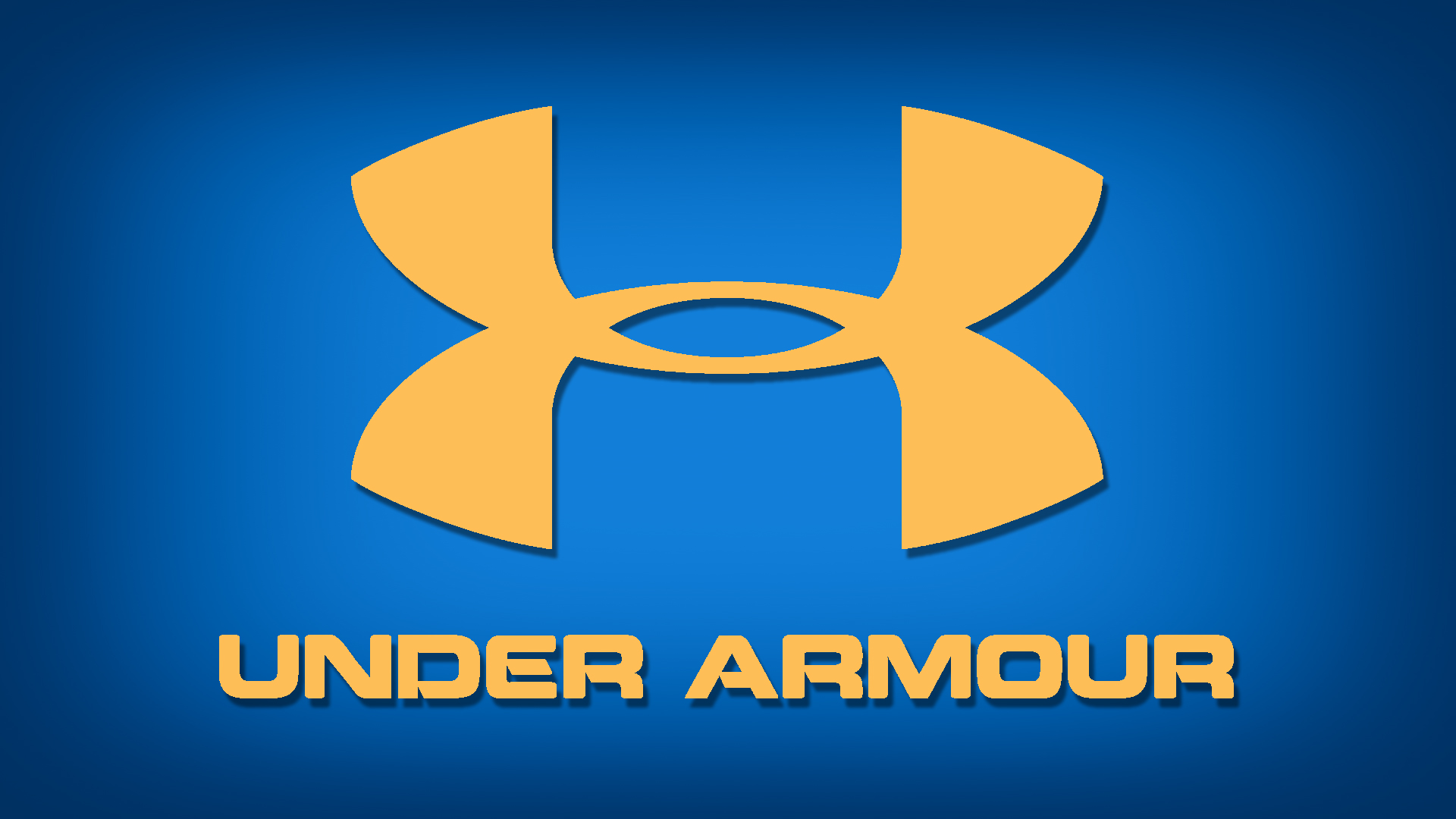by Kristina Hooper, Chief Global Strategist Invesco Canada
Weekly Market Compass: Has “irrational exuberance” gotten the better of markets?
One of the questions I have gotten a lot lately is: “Is the stock market in a speculative bubble?”
Well, let me try to answer that question based on my own experience. I entered the financial services industry in late 1995, a bright-eyed and eager runaway from the practice of law. Not soon afterward, I listened intently to a historic speech by then-U.S. Federal Reserve Chair Alan Greenspan, who suggested that the stock market was exhibiting “irrational exuberance.” More specifically, he asked the question, “How do we know when irrational exuberance has unduly escalated asset values, which then become subject to unexpected and prolonged contractions?” While Greenspan’s timing wasn’t perfect — the stock market continued to rise for several more years — it did suffer a major drop when the “tech bubble” burst in March 2000.
Robert Shiller expanded on this concept in his 2000 book Irrational Exuberance, in which he treated irrational exuberance as a critical part of a speculative bubble — the psychological basis of it, in fact. He defined it as “a situation in which news of price increases spurs investor enthusiasm, which spreads by psychological contagion from person to person, in the process of amplifying stories that might justify the price increases, and bringing in a larger and larger class of investors who despite doubts about the real value of an investment, are drawn to it partly by envy of others’ successes and partly through a gambler’s excitement.”
Well, that might not be a definition that works for many investors. After all, we know that there are really only two emotions that we encounter in the investing world: fear and greed — or, to put it more politely, optimism and pessimism. And I would argue that it is difficult to differentiate between optimism/greed and irrational exuberance. From my perspective, I think it’s helpful to look to Charles Kindleberger for guidance on what a speculative bubble is.
Kindleberger laid out the five stages of an asset bubble:
- Displacement: Some kind of catalyst occurs that is recognized by early investors (i.e., the “smart money”) which causes them to start investing in an industry, country, or theme.
- Boom: The narrative supporting the investment gains traction, and momentum grows.
- Euphoria: The media begins covering the investment more broadly, and everyone becomes aware of this compelling opportunity. In the 1990s, it was cab drivers investing in internet stocks; today, it is contractors investing in bitcoin and Instacart drivers investing in Gamestop. Momentum rises dramatically.
- Crisis: Early investors start to get out. The selling gains momentum as more investors exit the investment as prices move lower. The bubble bursts and “euphoria buying” is replaced by “panic selling.”
- Revulsion: Media coverage becomes broadly negative, the asset becomes very unloved, and it can fall to irrationally low levels.
I think it’s important to point out that although we often see the first two or three stages of Kindleberger’s model, we don’t always get to the fourth or fifth stage. For example, investors might lose interest in an industry or country or an investment theme, causing prices to stall — but not drop significantly. So, while those first few stages are prerequisites for a bubble, they are not determinant of whether or not we are in a bubble.
We could look to technical indicators for guidance. Typically, market technicians believe the following indicators are signs of a market top:
- The number of companies hitting 52-week highs declines.
- The market narrows. Broad indexes decline while more narrow indexes rise.
- Prices fail to make higher highs or create a lower low than the previous low in the uptrend. (This is considered the ultimate confirmation because it points to timing.)
Keep in mind the first two conditions can exist for a very long time and may not always lead to the third — and the correction that would presumably follow.
We can look to Hyman Minsky, a posthumously revered American economist, for some guidance. Minsky’s financial instability hypothesis can be applied to the investing world. Minsky posited that a substantial period of investment gains create an environment in which market participants have a diminished perception of overall market risk. This in turn can result in more speculative investing behaviour. In the event of an asset price decline, investors might be forced to sell more liquid and less speculative investments, amplifying the market sell-off — creating a “Minsky Moment.”
We know financial conditions are supportive and investors have gotten more enthusiastic; and we know asset prices have risen. But this does not mean the stock market is in a speculative bubble. Stocks might be rising in expectation of a strong period of economic growth as many countries recover from the pandemic and benefit from greater fiscal and monetary stimulus. Stocks might also be rising because investing is all relative, and stocks and other risk assets are more attractive than sovereign debt and cash in a low rate environment (a concept referred to as “TINA” for “there is no alternative.”) Stocks might also be rising because discretionary spending has fallen and average household savings have risen in this pandemic, making more cash available for individuals to invest with.
The bottom line is that it is inevitable for asset prices to experience cycles, and corrections are a natural part of cycles. But that’s not a reason for investors to abandon stocks; in my view, it is a reason to be well-diversified across and within a variety of asset classes including fixed income and alternatives. And it is a reason to have a long time horizon. I think back to Alan Greenspan’s speech in 1996 — imagine if I had decided to stop investing in stocks because they were exhibiting “irrational exuberance” back then?
For reference, the Dow Jones Industrial Average closed at 6,437.10 and the S&P 500 Index closed at 744.38 on Dec 5, 1996 right before U.S. Fed Chair Greenspan’s famous speech that evening.1 Similarly, I think back to the dramatic sell-off of 2008-2009. Had I abandoned stocks as the sell-off began, I would be far worse off today. For reference, the Dow Jones Industrial Average closed at 10,917.51 and the S&P 500 Index closed at 1192.69 on Sep. 15, 20082 — the day Lehman Brothers filed for bankruptcy, setting off widespread market panic.
In other words, we don’t know if we are in a sustained rally or a speculative bubble until it is in the rear-view mirror — and it really doesn’t matter for longer-term investors. The reality is that market rallies and corrections occur (even Minsky moments will happen), but the trend line for stocks over the long run is upward.
1 Source: Bloomberg L.P.
2 Source: Bloomberg L.P.
This post was first published at the official blog of Invesco Canada.














